Accessibility Testing
Top 25 Awesome Accessibility Testing Tools for Websites Posted 10.28.2016
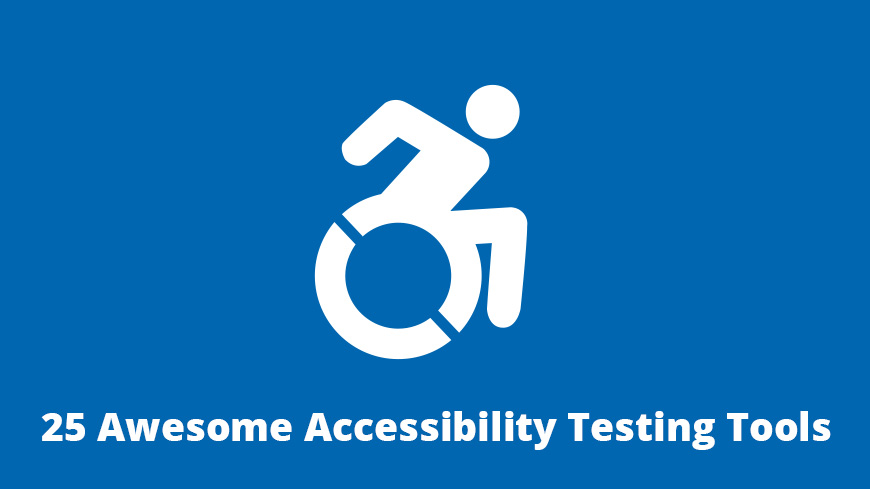
Why is web accessibility needed?
Web accessibility means opening accessibility of the Web to everyone, specifically those who have disabilities, allowing them to perceive, understand, navigate and interact with the Web. These disabilities cover all levels, including auditory, physical, speech, cognitive and neurological. Most Websites have some sort of accessibility barrier that makes it difficult for a person with a disability to use their site. Web accessibility assists making sure that people with all disabilities do not face these roadblocks when accessing the Web.
Read moreUnited States Web Accessibility Laws Posted 07.09.2019

The internet enables us to access information, financial institutions, stores, education, and much more in the form of audio, text, video, and other formats. It’s an incredibly useful tool that many of us rely on in our day-to-day lives, whether we’re using it personally or professionally. We depend on the Internet to give us virtually infinite amounts of data — allowing us to make decisions, collaborate together, and stay in touch with those who are important to us. In a sense, the Internet acts as a portal to all of the knowledge we, as a collective society, have. But often, the Internet remains restricted or dependent on assistive technologies for persons with disabilities to take advantage of it. This is why it’s essential for businesses to ensure web accessibility for everyone, including those with disabilities.
Read moreWCAG: Web Content Accessibility Guidelines Explained Posted 02.03.2017
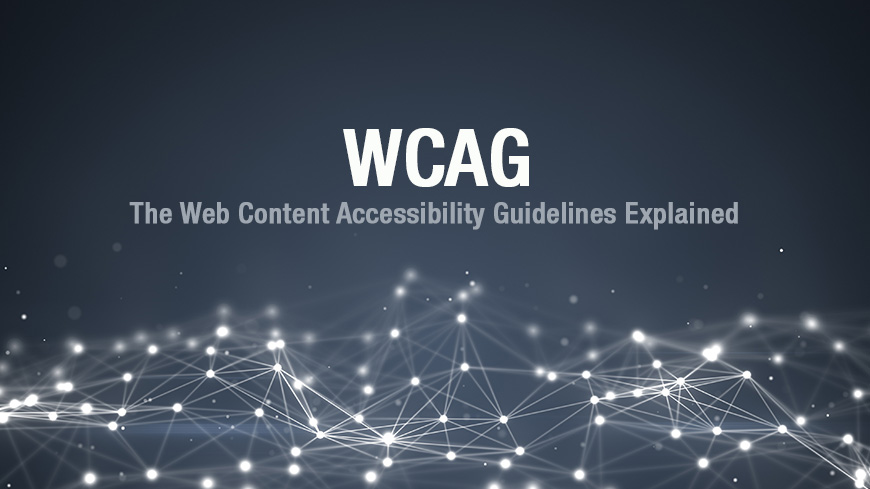
WCAG, which is short for Web Content Accessibility Guidelines, is a set of guidelines that are necessary for improving web accessibility. These guidelines are put together by the W3C (World Wide Web Consortium), and are the best way to make sure that your website is accessible to all of your users. This list is not an all-inclusive list of issues that web users with disabilities are faced with, but they are in fact recognized internationally and are the adopted standards. The guidelines are meant to explain how to solve a number of the problems that web users with disabilities are faced with.
Read moreWeb Accessibility and Search Engine Optimization (SEO) Posted 01.23.2019

Brick and mortar stores are legally required to be accessible. What does accessibility mean? According to state accessibility laws, all individuals with disabilities are ensured different opportunities as those without. The Americans with Disabilities Act forbids discrimination based on infirmities in public employment, accommodations, transportation, commercial facilities, telecommunications, and state and local government. For example, a wheelchair must be able to fit through doorways. It only makes sense for stores to have to accommodate anyone and everyone, but what about the internet?
Read moreWeb Accessibility Certifications for A11Y Practitioners Posted 02.25.2019

In the ever-evolving, technologically advanced world, a relatively new career in “digital accessibility” has surfaced. It’s a broad, in-depth field with a range of opportunities, from software development to project management to software testing to UI/UX designers and everything in between. While most in the field are self-taught, there are a series of certifications available to help those working in the industry stand out from the competition.
Read moreWeb Accessibility Checklist Posted 07.31.2018
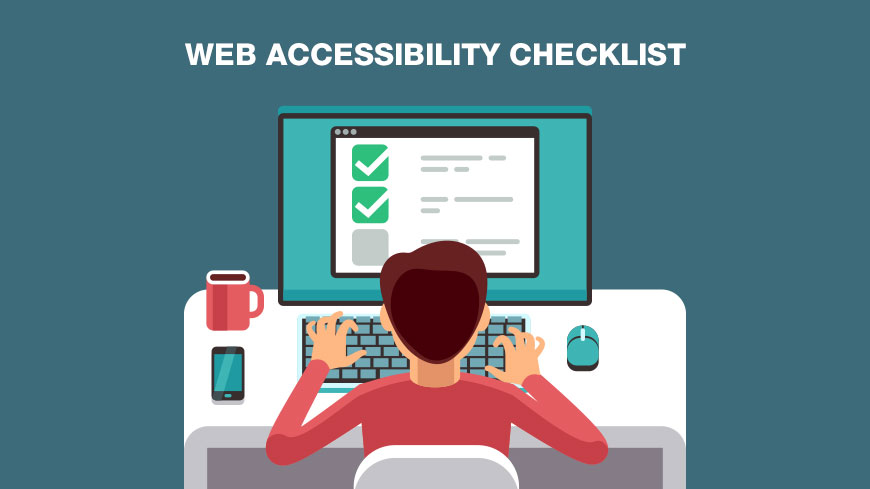
When designing a new website or updating it to adhere to the most up-to-date accessibility laws and regulations, there are many guidelines to follow. Making sure a website is accessible to all users, especially those with disabilities is important for a variety of reasons. Not only is it the law, but it can also be beneficial to a company. It allows them to have more visitors, make more sales, and obtain many customers for the long-term. Websites that are inaccessible to those with disabilities may not only hurt sales or the number of visitors but can, more importantly, be frustrating to its users.
Read moreWeb Accessibility Compliance and Your Organization Posted 09.27.2017
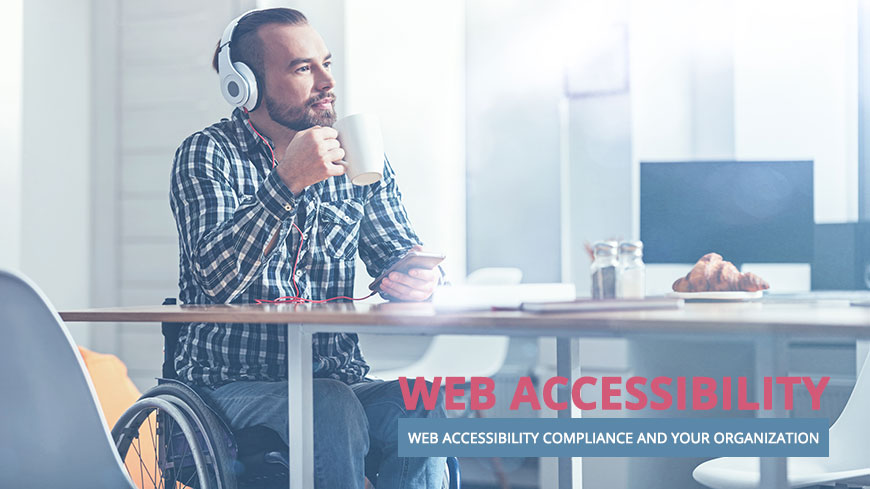
While accessibility measures are meant to be an inclusive means to provide people with disabilities the same opportunities as those without disabilities, they are also used to improve the general user experience for any service, device or infrastructure.
Read moreWeb Accessibility Compliance for Inclusivity Posted 07.25.2018

Today’s online environment, in the context of human history, is a thing of wonder. Never before in the span of human development has there been any invention capable of allowing people to converse instantly from across the globe. Our digital capabilities—to share content, entertain, educate, and conduct business—are unparalleled. Truly, we are all fortunate to live in a time such as this one.
Read moreWeb Accessibility Lawsuits Set to Increase Under Trump Posted 10.11.2017

In the Middle Ages, persons with disabilities were considered “cursed” and often shunned or even put to death. Today, however, we have come to understand the medical causes for disabilities that arise from complications in the birthing process or due to genetic abnormalities. Modern man is, on the whole, better educated on disabilities, and therefore less prejudiced against those who have them—for whatever reason.
As awareness has increased, so too have efforts been made to better accommodate persons with physical or mental disabilities, including difficulties with speech and/or learning. The Americans with Disabilities Act (ADA), Title III thereof, strictly prohibits any discrimination made on the basis of a disability.
Originally, the ADA focused on physical venues, particularly areas of public accommodation. These are spaces and businesses that are generally open to the public, and fall into one of 12 categories as described in the ADA. Examples include schools, day care facilities, recreation venues, movie theaters, restaurants, and doctors’ offices. Under the legislation, new buildings are required to comply with the standards set in the ADA, as are those that are being renovated. This extends to areas that exist as commercial facilities as well.
Read moreWebsite Accessibility Best Practices and Standards Posted 10.14.2017
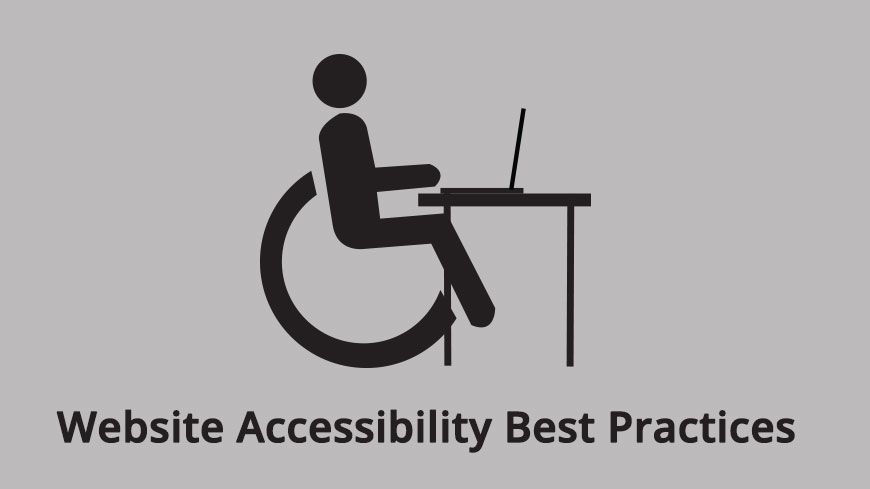
In recent years, there have been a number of lawsuits and court cases regarding web accessibility. While physical venues have clearly defined regulations to adhere by, there has been no such official guides for websites. Seven years ago, the Department of Justice (DOJ) began laying down the foundations for just such a document, a process which was expected to come to fruition in 2018.
However, thanks to a January 30th Executive Order signed by President Trump, it is highly unlikely that the DOJ’s adoption of the Web Content Accessibility Guidelines (WCAG) will still be able to take place. In the meantime, accessibility lawsuits are expected to increase in number as website owners have a lack of official, governmental regulation on recommended practices.
Which is why we’ve decided to research what the best accessibility practices are, and provide you with the guidance being withheld from you.
Read moreWhat Is Section 508 And Who Needs to Be Compliant? Posted 01.29.2019

Section 508 is part of the Workforce Investment Act of 1998, which itself is part of the Rehabilitation Act of 1973. With this, Information and Communications Technology, or ICT, is gathered and filed for people with disabilities to have easy access. They're able to get to this information regardless of whether they're employed with the federal government, making it much simpler for them to find the help they may need. Through this act, agencies are required by law to make such technology, be it online training or even their website fully accessible for anyone to see at any given time. Such cases like a person with disabilities job-hunting or seeking help programs doesn't need to jump over any special hurdles to get to the information they require.
Read moreWhat is the Americans with Disabilities Act (ADA)? Posted 01.31.2018
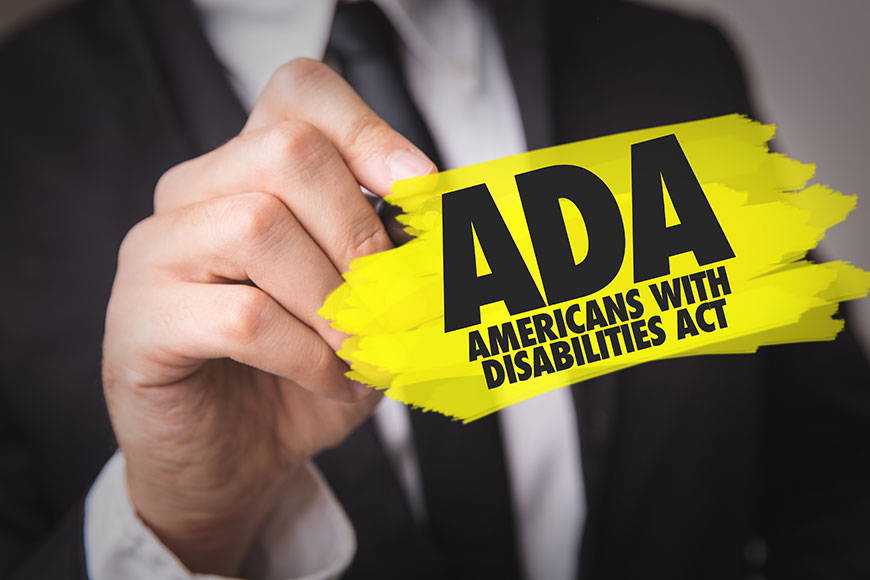
There are many laws that have been written to protect the rights of America’s people. There are rulings that protect children, the elderly, and everyone in between. Some laws protect people from being discriminated against when it comes to race, sexual orientation, or religious views. Other laws might protect people of certain ages, and genders. There are laws that require both male and females to be paid based on skill and experience, and not just on gender. There are even laws that protect voters and women who are pregnant. The Americans with Disabilities Act (ADA) came into effect in 1990 and protects people with disabilities in America. It is considered a civil rights law that ensures individuals with disabilities will not be discriminated against in jobs, schools, and communities all over the country.
Read moreWhat is Web Accessibility? Posted 02.08.2019

Information technology has developed at a staggering rate over the past three decades. Society has seen the rise of many scientific advancements. Everything has changed from the devices we use to communicate to the way we listen to music. There is even a home software assistant device that can make your grocery list, tell the time, and provide you with a weather report. The advancements don't stop there. One key innovation that has risen, and perhaps the most important, is the World Wide Web (www) or internet.
Read moreWhere To Learn Web Accessibility (A11Y) Posted 03.14.2019
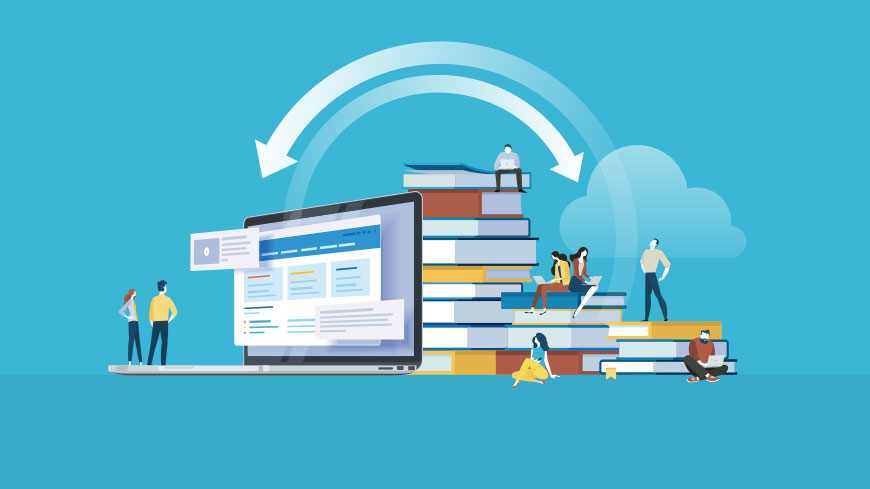
Web accessibility is constructing websites, apps, and tools so people with disabilities can access and use them without hindrance—within the range as those without disabilities. This encompasses all disabilities including visual, speech, physical cognitive, auditory, and neurological. The internet is an integral part of government, commerce, recreation, education, employment, and health care.
Read moreCreate Visual Sitemaps
Create, edit, customize, and share visual sitemaps integrated with Google Analytics for easy discovery, planning, and collaboration.
Popular Tags
Search Engine Optimization SEO Accessibility Testing Create Sitemaps Sitemaps UX User Experience Sitemap Generator Content Audit Visual Sitemap GeneratorGet Started with DYNO Mapper
Join thousands of professionals using the most advanced visual sitemap tool to simplify discovery, IA, and content planning.
👉 Start Your Free Trial — No credit card required.
